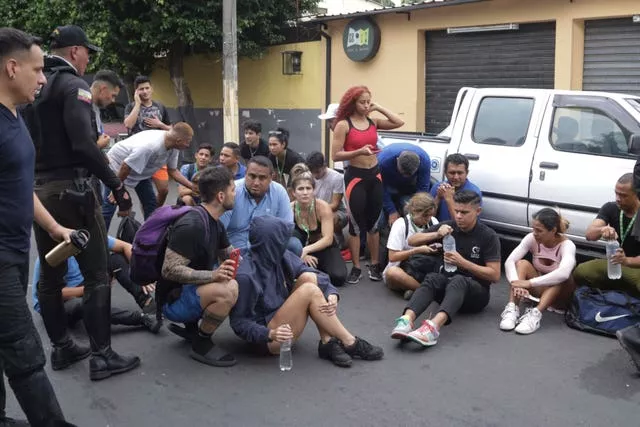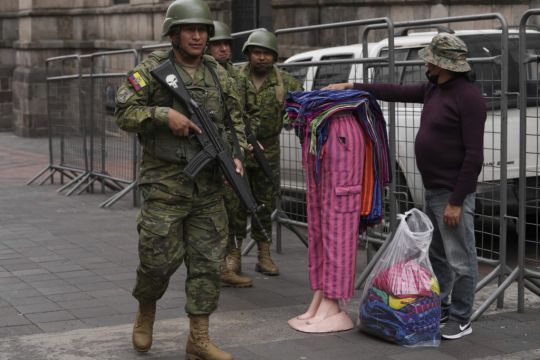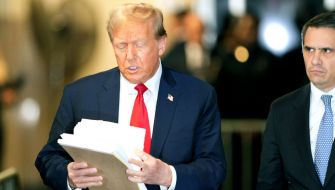Some attacks by armed men, notably an audacious attack on a television station during a live broadcast, have shone a light on Ecuador’s spiralling violence in the wake of an apparent recent prison escape.
The imprisoned leader of a drug gang mysteriously vanished from his cell in the coastal city of Guayaquil on Sunday, prompting the government to declare a state of emergency.
The violence comes after Los Choneros gang leader Adolfo Macias, alias Fito, made his apparent escape.
He had been serving a 36-year sentence for murder, drug trafficking and other crimes.
When did criminal violence in Ecuador surge?
The recent surge in violence began in February 2021 with a massacre inside the country’s most violent prison, known as the Literol penitentiary.
It left at least 79 dead, and sparked a series of shocking episodes within the Ecuadorian prisons.

In September of the same year, the nation’s worst prison massacre saw 116 inmates killed in a single prison, with several of them beheaded.
A total 18 clashes inside prisons have killed more than 450 people.
According to authorities, disputes between gangs inside the prisons prompted the death in December of 2020 of a Los Choneros leader, Jorge Luis Zambrano, alias Rasquina, in an attempt to usurp his power.
This generated divisions among the local groups subsidiary to the gang, which are disputing control of territory to control drug distribution. Authorities say some of the gangs have ties to Mexico’s Sinaloa and Jalisco New Generation cartels.
Violence within the prison’s walls has spread to the streets, with rampant kidnapping, murder, robbery and extortion that has made the country among the most violent in the region.
Last year was Ecuador’s bloodiest in on record, with more than 7,600 murders that marked a surge from 4,600 in the prior year.
What is the government doing to control the situation?
Ecuador’s president Daniel Noboa, who took office on November 23rd, has promised to eradicate violence through his so-called Phoenix Plan, details of which he has not revealed to the public.
To face up to the crisis, Mr Noboa decreed a state of emergency and curfew on Monday, tasking police and armed forces with enforcing compliance.

It restricts the rights to move freely, to assemble and allows police entry into homes without a court order.
But the attack on TC Television elicited another decree, this time recognising that the country possesses an armed, domestic conflict and identifying more than a dozen organisations as “terrorists and belligerent non-state actors”.
These groups include the Choneros, Lobos, Tiguerones and Aguilas.
The decree also enabled the armed forces to carry out military operations “to neutralise the identified groups”, while observing international humanitarian law.
What is causing the violence in Ecuador?
Authorities say the criminal violence started in the prisons, due to disputes between gangs for control of the penitentiaries, national and international drug smuggling routes and control of turf for the sale of drugs.
When the violence spread outside the prisons, it shattered the tranquillity of Ecuadorians’ daily lives and forced small- and medium-sized enterprises to shutter as they were overwhelmed by extortionists.

Ecuador’s former defence minister, Luis Hernandez, said that the TV studio episode is unprecedented and reveals that organised crime groups “perceived the state’s weakness” and that they could easily undertake actions “to terrorise the state and send it into a state of panic”.
Mr Hernandez supported the president’s decree recognising an armed conflict and allowing for the use of lethal force.
He added that Mr Noboa should send a clear message to the population to not submit to fear and chaos.







